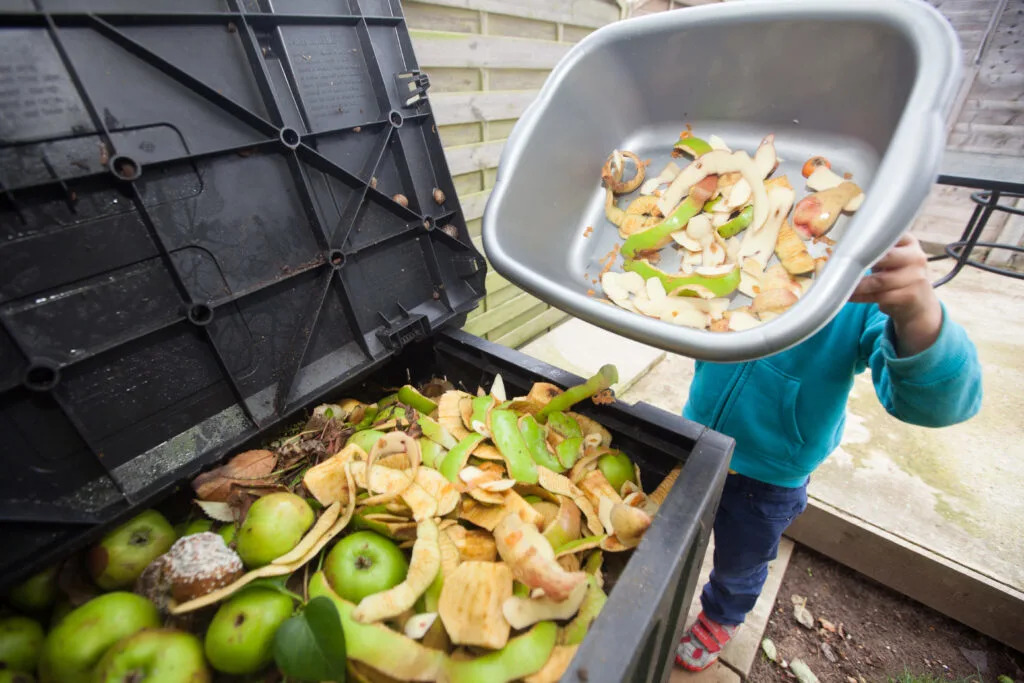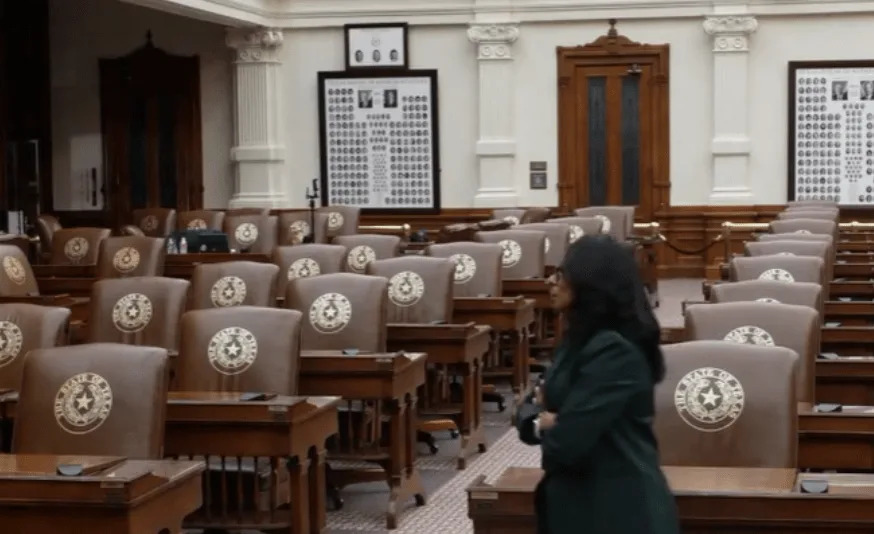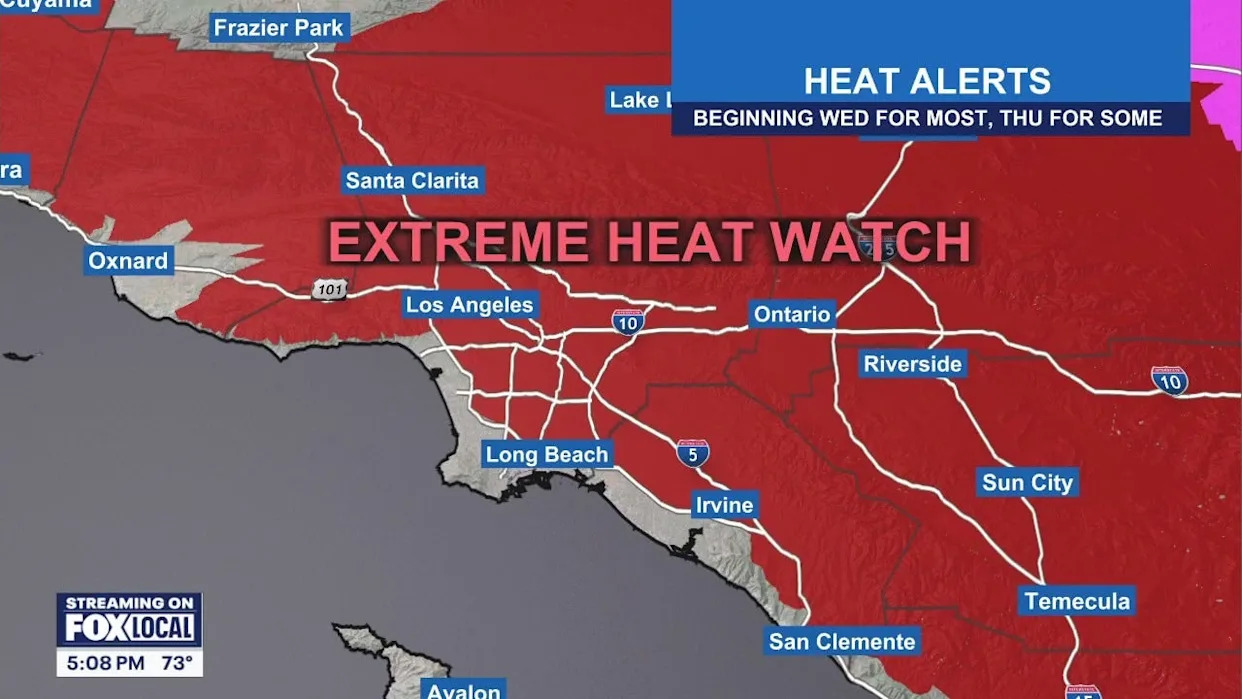
Annual food waste in Maine emits as much greenhouse gas as nearly 400,000 cars driven for one year. (Photo by Paul Mansfield Photography/ Getty Images)
Though Maine’s newly enacted food waste ban won’t start until 2030, advocates and food waste experts say the state needs to take steps in the meantime to prepare.
Maine was the last New England state to pass legislation creating what’s known as a food waste ban, which diverts food waste from traditional waste streams by prioritizing the donation or recycling of organic material, rather than sending it to landfills or incinerators. It took multiple legislative attempts, but Gov. Janet Mills allowed Maine’s ban to become law earlier this year without her signature.
Because of a first-of-its-kind study in 2024, there is concrete data showing that more than 360,000 tons — or about 520 pounds for every person in the state — of food is wasted or lost in Maine annually. While much of that could be recovered to feed the one in eight Mainers who face hunger, it instead rots in landfills creating methane, a harmful greenhouse gas, according to a study the Maine Department of Environmental Protection asked the University of Maine’s Senator George J. Mitchell Center for Sustainability Solutions to complete.
Proponents like Peter Blair, policy and advocacy director for the national environmental advocacy organization Just Zero, believe the ban will help the state better address its challenges managing waste, including the fact that a state-owned landfill that currently collects just over half of landfill waste in Maine is expected to reach capacity in 2028. But there is work to be done in the next few years to make sure the state is fully prepared when the new law takes effect.
Susanne Lee, a faculty fellow at the center the completed the study, said her team at Food Rescue MAINE is already doing some of that work and doesn’t think of this new law in terms of a “ban.” Rather, she said it reinforces the idea that food is a resource and gives credence to the work that is underway to remove it from the waste stream.
“This legislation has really clarified, ‘We’re not kidding. Here in the state of Maine we see food as a resource, a valuable resource that should never be treated as waste,’” Lee said.
A recycled, refined proposal
When Sen. Stacy Brenner (D-Cumberland) proposed LD 1065 earlier this year, it was the third session in a row that such a ban had been introduced in the Legislature. She told the Environment and Natural Resources Committee that her bill built on the earlier bills.
“LD 1065 incorporates and improves upon that language, offering us a polished, ready-to-go path forward,” she said during the April public hearing.
The new law prohibits significant generators of food waste — which could include schools, hospitals, food producers and others — from disposing of food waste in traditional landfills or incinerators if they are close to a facility that could compost or otherwise dispose of the waste. It takes a gradual approach to expand the requirement based on someone’s proximity to an organics recycler and the amount of waste generated.
This legislation has really clarified, ‘We’re not kidding. Here in the state of Maine we see food as a resource, a valuable resource that should never be treated as waste.
– Don't forget to add author
Previous attempts to pass a food waste ban garnered support from lawmakers, but failed due to a lack of funding. Those bills were projected to cost more than $500,000 to implement because the Department of Environmental Protection said it would need multiple new positions and other resources to get such a program up and running.
This year’s bill seemed like it was headed for the same fate based on the department’s initial testimony on the proposal, but Brenner worked with the department to get that cost down to less than $20,000, allowing this year’s attempt to make it over the finish line. The department ultimately determined it could do the work with existing staff, but that required pushing the start date back by a few years.
2030 start date
Blair said the delayed start has the potential to be beneficial, but only if the state prepares for the policy in the meantime.
If the state ignores this impending policy for the next few years, Blair anticipates issues with its roll out, so he said he would “really urge the state to start proactively getting ready to implement this.”
To do that, he’d like to see the state create a list of which businesses, grocery stores, restaurants and more will be subject to the first wave of the law and educate them on what to expect. Once those entities have been identified, Blair said the department could educate them on the harm of food waste and how to recycle or donate what they would typically throw away.
The state Department of Environmental Protection did not respond to a request for comment by the time of publication.
Lee said for the past few years her team has been working with communities, schools and businesses on food waste education. The study completed last year helped quantify the issue and led more communities and schools to work with her team, she said.
Specifically for businesses, her team has already been offering free services to track their food waste and develop solutions to mitigate it.
The multi-year timeline gives Lee and her team the ability to work with even more entities that will be affected by the new law, figure out what it means for them and how best to prepare. That way, she said, “when 2030 comes, it’s a non-event.”
For Lee, the new law is less about telling people what they can’t do and more about teaching people alternative ways to make use of excess food, such as by feeding other people, animals or nourishing the soil. But the state also needs to have the infrastructure in place to support those behavior changes.
Maine currently has 83,600 tons of composting and anaerobic digesting capacity, according to testimony from the department shared with the environmental committee. However, many composting facilities are at capacity, with the exception of an anaerobic digester in Exeter in Penobscot County.
Existing composting infrastructure in the state is concentrated in southern Maine along the coast, so Blair said there is also work to be done to make composting more accessible in northern Maine, especially Aroostook County, which is an agricultural hub for the state.
Lee echoed the fact that there are gaps in composting infrastructure throughout the state. Her team is already working with food producers in Aroostook County to encourage composting and said there is interest in increasing facilities in that part of the state.
Now, she said they can leverage LD 1065 being on the books to help get loans or other resources to develop the resources that will be needed come 2030.







Comments